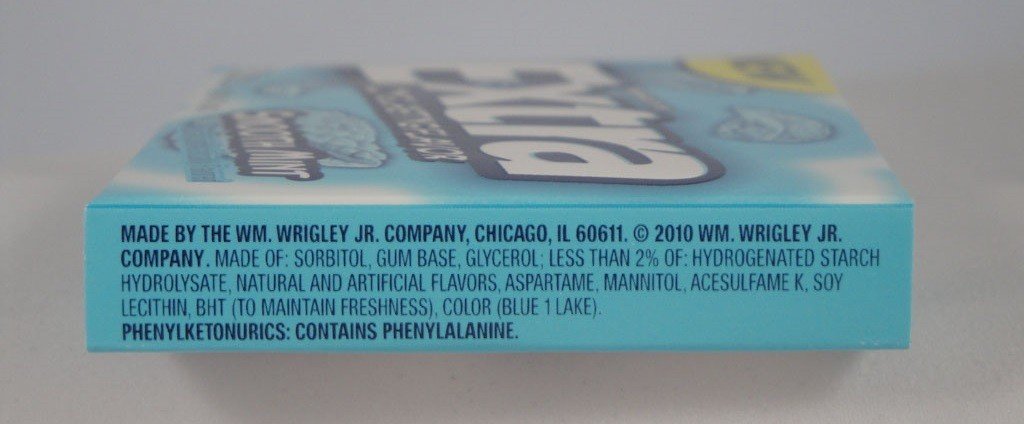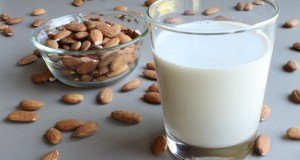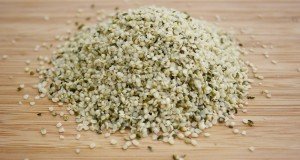| Online: | |
| Visits: | |
| Stories: |

| Story Views | |
| Now: | |
| Last Hour: | |
| Last 24 Hours: | |
| Total: | |
The unpopular toxic truth about chewing gum
 (NaturalHealth365) Who doesn’t like to have fresh breath? According to Statistic Brain Research Institute, it seems everyone on the planet has a need for it as 280 gum sticks are chewed by the average person each year. That’s a whole lot of gum!
(NaturalHealth365) Who doesn’t like to have fresh breath? According to Statistic Brain Research Institute, it seems everyone on the planet has a need for it as 280 gum sticks are chewed by the average person each year. That’s a whole lot of gum!
In fact, it equates to about 100,000 tons of gum chewed each year.
Valued at $19 billion, 115 chewing gum manufacturing companies in the world have made a huge impact on the human population. But, is that impact a positive one? We beg to differ as the majority of chewing gums on the market contain hazardous chemicals that can alter your health in a negative way. Even the United States Food and Drug Administration (FDA) declares chewing gum as an over-the-counter drug.
How can this go on? Chewing gum poisoning the population
One of the most dangerous and addictive substances in chewing gum is aspartame. This sweet poison is better known as Equal, NutraSweet, or Spoonful. Before you buy any gum – read the label.
Though chewing gum labels don’t state “warning” or “precaution,” the Code of Federal Regulations Title 21 by FDA does require the labeling of this warning/precaution in boldface type. It just doesn’t require the words “warning” or “precaution.”
The FDA states that the “label and labeling of all over-the-counter human drug products containing aspartame as an inactive ingredient shall bear a statement….” See the warning in boldface type in this pack of Wrigley’s Extra gum. Since this warning is listed on all gums containing this sweet poison, does that declare them to be a “drug?”

Aspartame is made up of three harmful ingredients:
1. Aspartic acid – which is an excitotoxin that causes damage and death to cells as it crosses the blood-brain barrier.
2. Phenylalanine – When combined with carbohydrates, aspartame causes excessive amounts of phenylalanine in the brain which decreases serotonin levels that lead to mental instability such as depression, anxiety, and schizophrenia. (This is the ingredient that needs to be labeled with a warning.)
3. Methanol – It breaks down into formic acid and formaldehyde when it reaches 86 degrees Fahrenheit. Since the body is normally set at 98.6 degrees Fahrenheit, this chemical embalms all living tissues as it reaches 86 degrees.
Cancer-causing chewing gum preservative banned in the United Kingdom and Japan
Butylated hydroxytoluene (BHT) is a preservative that retards the rancidity in certain types of foods – usually fats, oil, and oil-containing foods. Due to many scientific studies, the United States Department of Health and Human Services (HHS) considers BHT as “reasonably anticipated to be a human carcinogenic.”
According to a non-profit health advocate organization called The Center for Science in the Public Interest (CSPI), BHT is an unnecessary additive that can be replaced easily by safer substitutes. Replacing BHT with vitamin E or packing foods (gums) under nitrogen instead of air are alternatives that don’t subject harm. CSPI also states that the synthetic chemical can just be left out.
Liver toxicity caused by bleaching agent used in chewing gum
Used as a food colorant or whitening agent, titanium dioxide has been shown in recent studies to cause a host of physical ailments. The Journal of Toxicological Sciences reports this chemical to induce inflammatory response, hepatocyte apoptosis, and liver dysfunction. The study found changes in the expression of 785 genes related to:
- Immune and inflammatory response
- Apoptosis
- Oxidative stress
- The metabolic process
- Stress response
- Cell cycle
- Ion transport
- Signal transduction
- Cell proliferation
- Cytoskeleton
- Cell differentiation
In fact, long-term exposure to titanium dioxide results in autoimmune and inflammatory disease. A very new study published in Neurotoxicology confirms this and also states the dangers to human health is related to the cellular uptake and internalization as well as the accumulation within brain cells. Titanium dioxide has the potential to “induce cerebral damage and neurodegenerative disease.”
Don’t waste your money: Chewing gum is truly a ‘silent’ killer.
Aspartame, BHT, and titanium dioxide are only a few on the dangerous ingredients in chewing gum. There are many more harmful chemicals. So, if you must chew gum, make sure it’s organic and non-GMO verified without all the harmful ingredients. For those interested – check out: chiczausa.com
About the author: Abby Campbell is a medical, health, and nutrition research writer. She’s dedicated to helping people live a healthy lifestyle in all aspects – physically, mentally, emotionally, and spiritually. Abby practices, writes, and coaches on natural preventive care, nutritional medicine, and complementary and alternative therapy.
References:
http://www.statisticbrain.com/chewing-gum-statistics
http://www.accessdata.fda.gov/scripts/cdrh/cfdocs/cfcfr/CFRSearch.cfm?fr=201.21
http://www.cspinet.org/reports/chemcuisine.htm#bha
http://toxsci.oxfordjournals.org/content/128/1/171.long
http://www.sciencedirect.com/science/article/pii/S0161813X1500128X
The post The unpopular toxic truth about chewing gum appeared first on Natural Health 365.
Visit Natural Health 365 Here /
Source: http://www.naturalhealth365.com/chewing-gum-bht-toxic-1608.html











